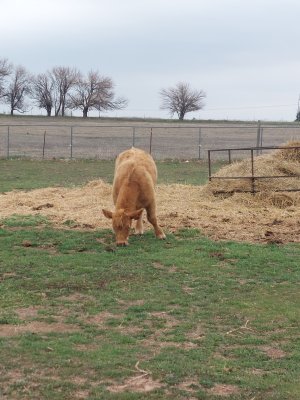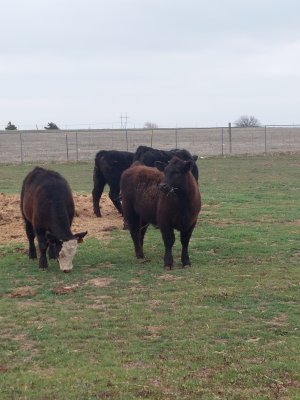tex452
Well-known member
- Joined
- May 13, 2021
- Messages
- 1,451
- Reaction score
- 2,440
- Location
- Burleson Leon Coleman counties texas
We bought 9 calves about 60 days ago that were not in good shape.
Looked to be charolais x along with some Hereford x.
We worked them and put them on feed and hay, they filled out pretty good.
We are selling them today at the local barn, so we'll see how they do.
These cattle were wild, after feeding them for weeks they still wouldn't come up to the bunk until we left.
Looked to be charolais x along with some Hereford x.
We worked them and put them on feed and hay, they filled out pretty good.
We are selling them today at the local barn, so we'll see how they do.
These cattle were wild, after feeding them for weeks they still wouldn't come up to the bunk until we left.



